A Guide to Choosing the Right Ice Line




A question that I hear over and over again is, “What fishing line should I be using?” or “What line do you recommend?” The problem is that there is no straight forward answer. Having asked this question myself to many different anglers, I have received many different answers in return. It really boils down to what is your personal preference and what are your fishing goals.
Choosing fishing line is a lot like buying tires for your vehicle. The choices are endless, the options are confusing, and the prices are all over the place. In a general sense, like tires, with fishing line, you get what you pay for. Meaning, more costly line usually is costly for a reason and it can be a better choice than less expensive options. With that being said, knowing the proper use of the different kinds of line will save you from choosing wrong and having to re-spool. An aggressive snow tire wouldn’t make sense for someone in Florida. For each driving situation there are good tire choices. For every fishing situation, there are good line choices.
To help provide some clarity to choosing the right fishing line, I have reached out to the Tuned Up Custom Rods Pro-staff to find out how the pros set up their equipment. I have also talked to ice fishing enthusiasts with varying styles of fishing to gain their perspective. All of the following info is yours to take and use to make your own choices about the best line setup for you.
Tuned Up Custom Rods Pro-staffer Kyle Boike shares that he prefers to run 3lb test monofilament line for everything panfish (crappies, gills and perch). He steps up to 4lb monofilament line for walleye, and occasionally will bump that to 5lbs. He prefers mono to braid for most of his applications, but shares that it is just his personal preference. He also shares that he will occasionally tie on a fluorocarbon leader when walleye fishing in ultra-clear water. His line brands of choice are Sufix Ice Magic and Clam Frost.
Justin Soffa, a Tuned Up Prostaff member and owner of Just Fish Guide Service out of Ironwood, Michigan shares that he will also run 3lb line for panfish (jumbos, gills, and crappie), but he prefers to use 100% fluorocarbon line. For walleye, Justin uses a two-step approach. When fishing shallow walleye (under 15 feet) he opts for 6lb 100% fluorocarbon line. But when fishing deeper than 15ft, he changes up to running 15lb braided mainline with 5-6ft of 6lb fluorocarbon leader line tied on using the FG knot. Justin says that when he is targeting walleye and brown trout he will up the leader line to 8lb fluorocarbon. And when targeting pike he uses 20lb braid to a 20lb fluorocarbon leader on an Okuma Baitfeeder reel.
Andy Petterson, Owner of Ice Fishing Minnesota Facebook page and Tuned Up Custom Rods Pro-staff member shares that he likes to stay as light as possible (pound test) with his line. He lets the drag on his reel do the work. He chooses to use 2lb test monofilament line for his panfish rods like the Precision Noodle and Bullwhip. For walleye, he changes his line setup based on the type of fish he is expecting. Andy shares that when he's fishing Red Lake and he knows most walleye are going to be in the 15"-20" range, he uses 4-6lb monofilament. When he knows there is a chance for bigger walleye, he ups his line to 8lb monofilament. In every case, Andy prefers Sufix Ice for his line.
Tuned Up Custom Rods Lead Wrapper Chris Harer likes 3lb Sufix Ice magic monofilament line for panfish, 5-6lb fluorocarbon for walleye, and 8-10lb Sufix braid for pike. Panfish enthusiasts Jeremey Carel and Mark Theisen choose 3lb monofilament for their rods. While Mike Harvey opts for 4-6lb Trilene monofilament for his panfish rods.
As for me, I like 4lb Sufix Ice Magic monofilament for my panfish rods and 10lb Sufix Ice braid to a small swivel with 18” of 6lb Seaguar fluorocarbon for a leader for my walleye rods like the Power Precision and Commander.
A few things to think about: First, ice fishing reels have very small spools and that leads to more memory and coiling in your line. For the most part, braid is the most resistant to building memory, monofilament will develop memory over the time, and fluorocarbon will hold the most memory. Once memory sets in, there are few options to fix it, besides re-spooling.
Second, the bottom of the ice hole is sharp and jagged. It can really weaken your line over time. It’s best to try to bring your fish straight out of the hole rather than dragging them out. Monofilament line is the most fragile and likely to get nicked, fluorocarbon and braid are both much more resistant to nicks.
Third, much of ice fishing is about how sensitive your equipment is. When it comes to fishing line, sensitivity often comes down to how much stretch the line has. Monofilament is the most stretchy, making it the least sensitive, but the most forgiving line. Fluorocarbon has very low stretch, making it very sensitive, but it is susceptible to breaking off, so make sure you have your drag set correctly on your reel. Braided line has zero stretch making it the most sensitive. It is also much thinner pound for pound than mono or fluoro. This allows people to use heavier pound test braid to prevent break-offs while having maximum sensitivity.
Fourth, each line performs differently in very cold conditions. All line will form ice when very cold. Monofilament and fluorocarbon however are less susceptible for forming ice than braid. This makes them a better choice for people who like to be outside the shelter, fishing in the elements more.
Fifth, each line has different visibility characteristics underwater. Monofilament is a translucent line that has some visibility under the water. I personally like to use the Tangerine colored mono line simply because it is easier to see against the white ice and snow in the winter. Fluorocarbon line is virtually invisible underwater, making it the least noticeable to weary fish. Braid on the other hand is an opaque thread. It is very visible under water, which is the reason most people add a short leader of fluorocarbon line to their braid. During the winter, fish are more lethargic and they have a lot more time to look at your bait before deciding to bite. Visibility and line thickness do make a difference.
And finally, the price of each line type is very different. Monofilament is by far the least expensive and widely available. Because of this, people can re-spool their reels throughout the season when memory sets in or the line gets weak without much pain to the wallet. Fluorocarbon and Braid are both similar in price, but braid is much longer lasting. You can easily leave the same braid on a reel for multiple seasons with no issues. Fluorocarbon, on the other hand tends to need replacing the most often. And with its high price, it can become quite the expense throughout the season.
If you have made it this far, you can see that line choice comes down to many factors. Personal preference, fishing style, and species of fish being targeted all play a role. But price, durability, visibility, and availability all factor in to the decision as well. If you are just starting out on your ice fishing adventure and want the best place to start, I would suggest a nice simple 6lb monofilament line. But if you are already deep in weeds with ice fishing, you can see that the options are really limitless.
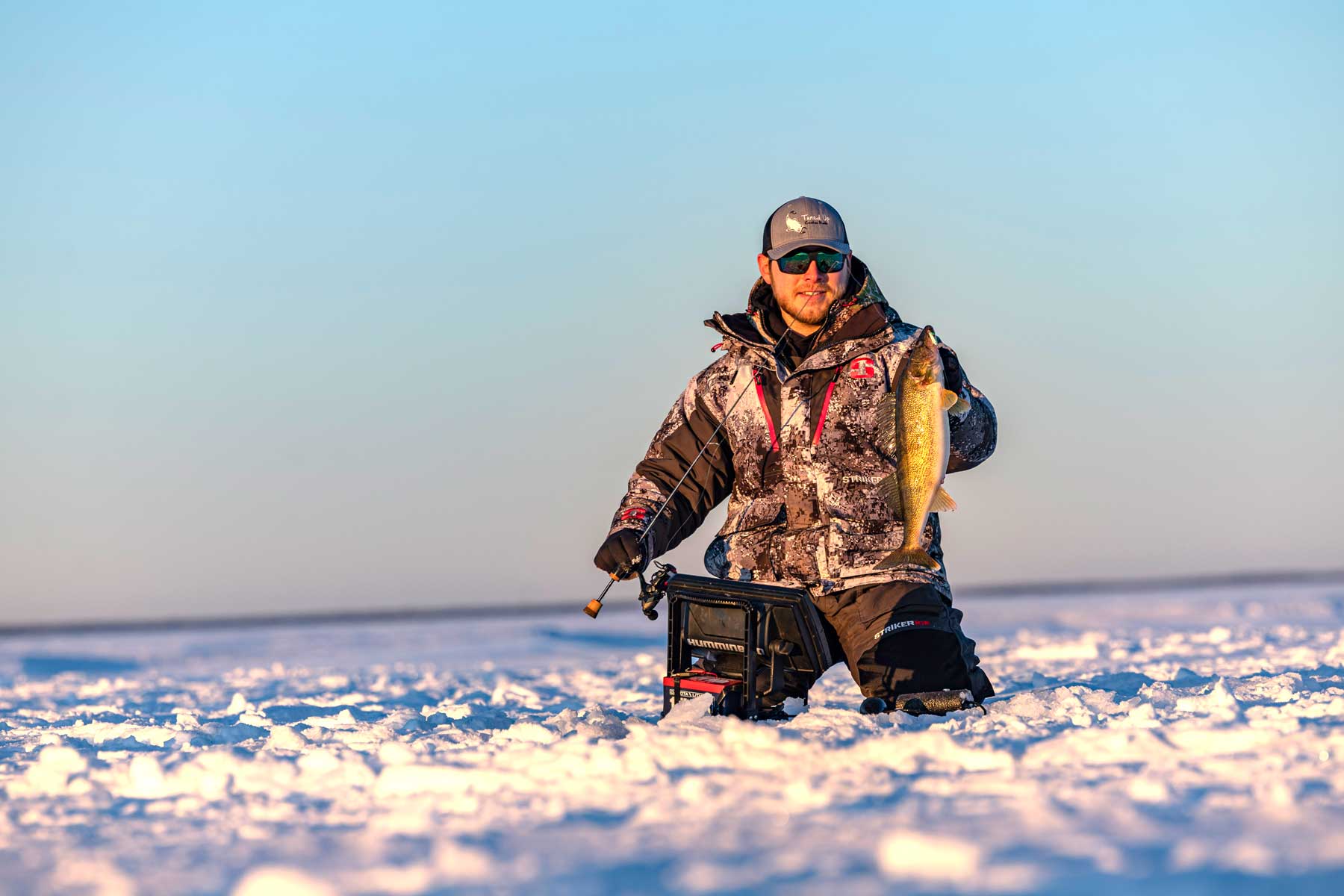
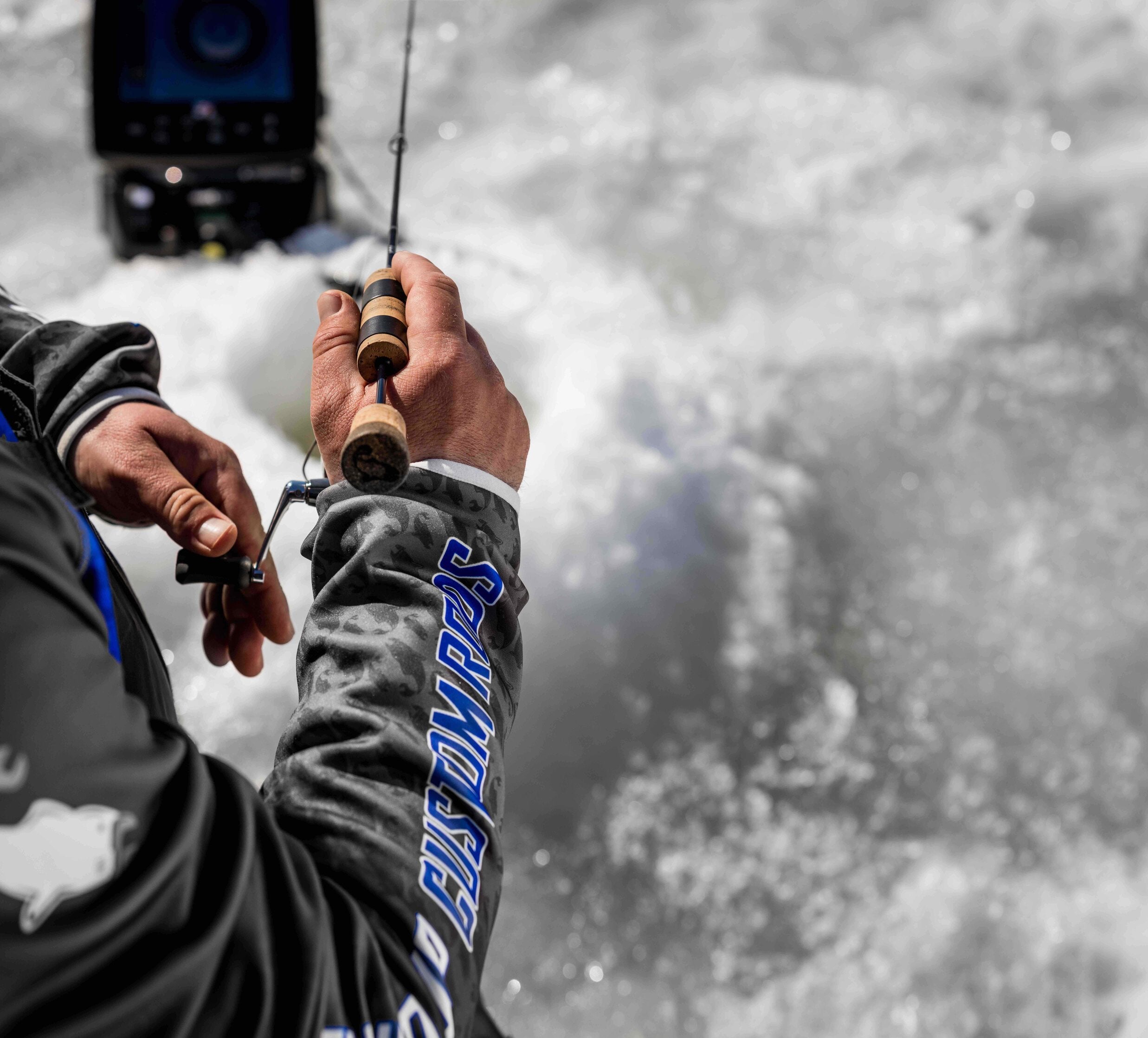
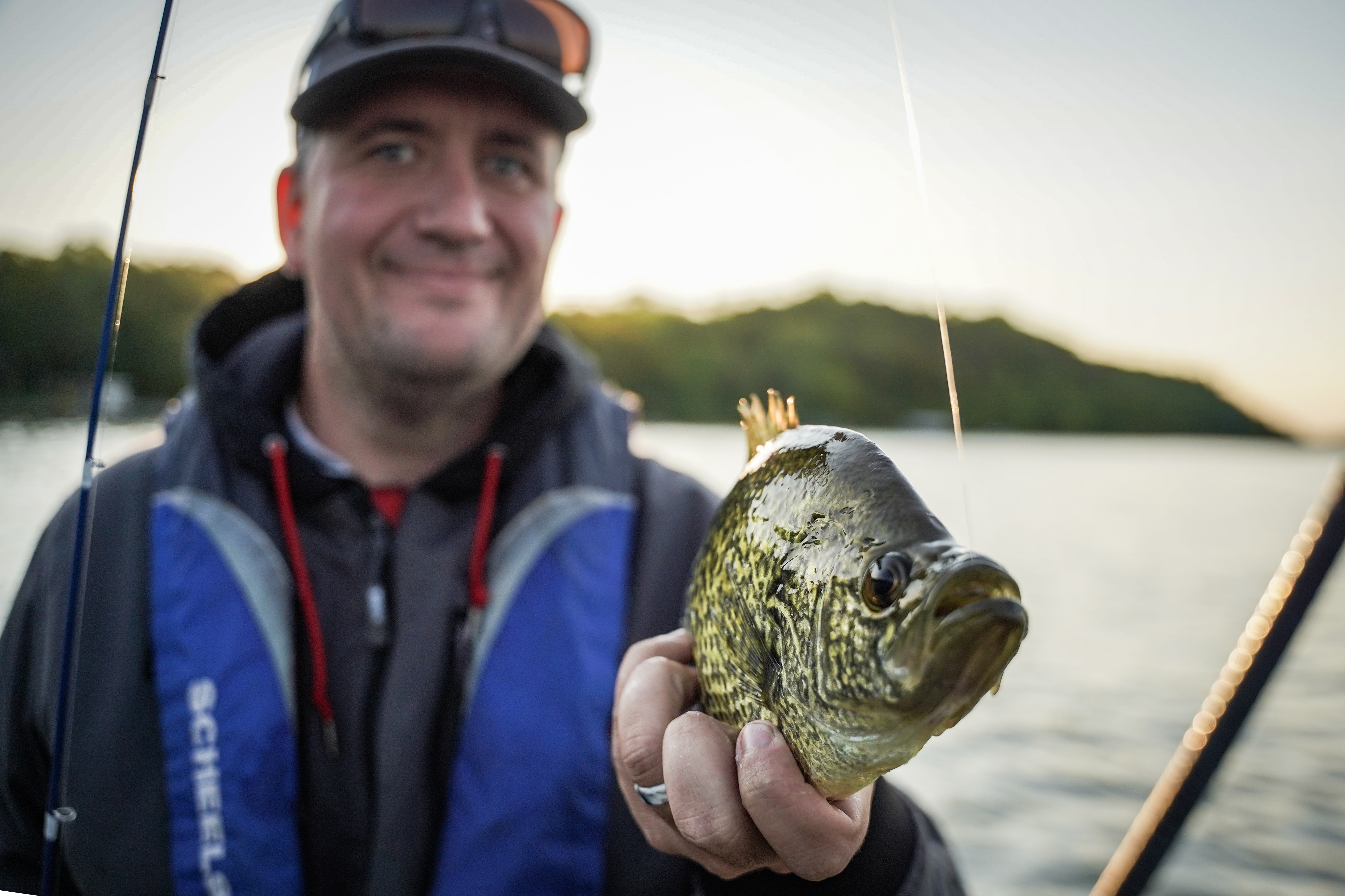
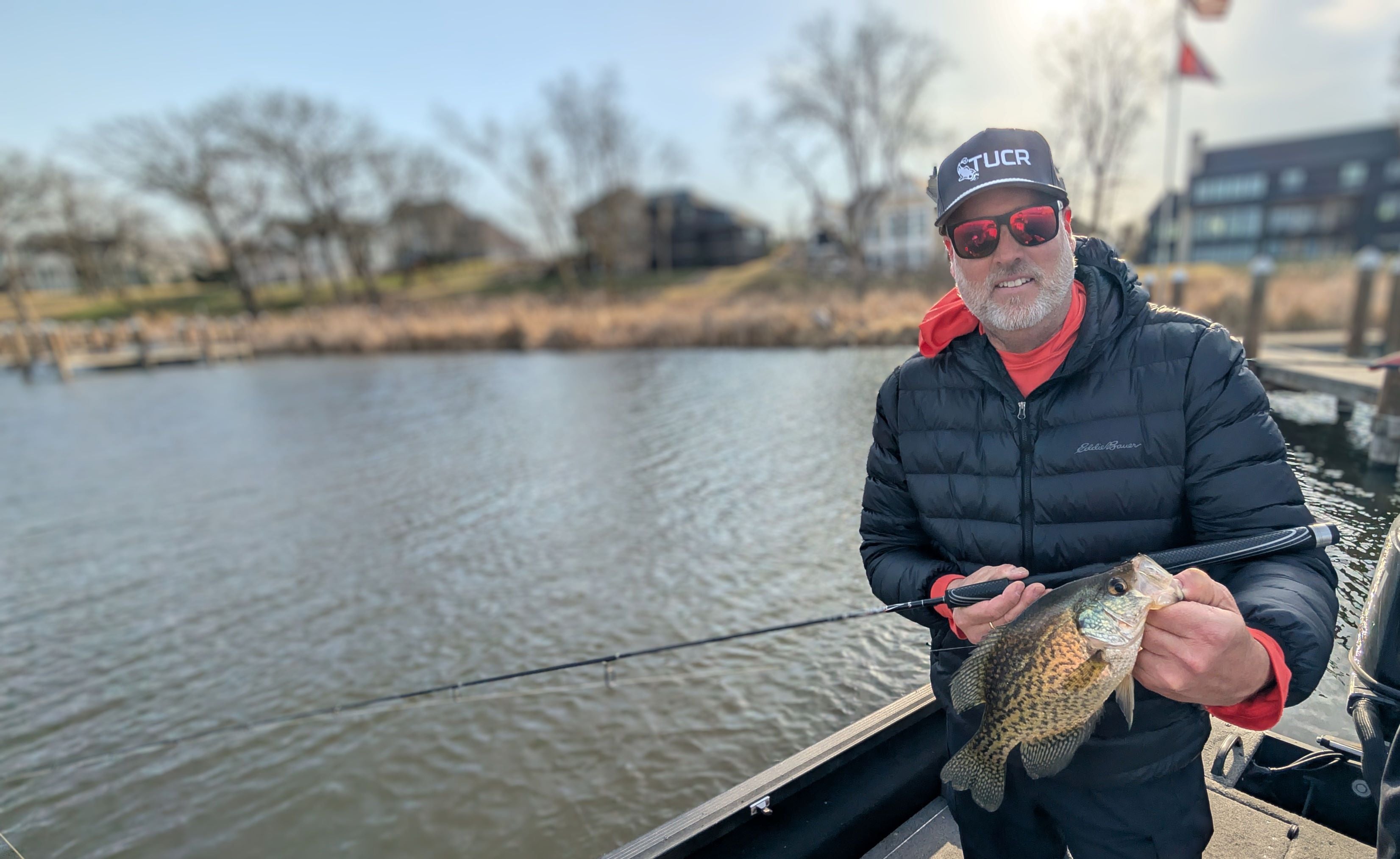


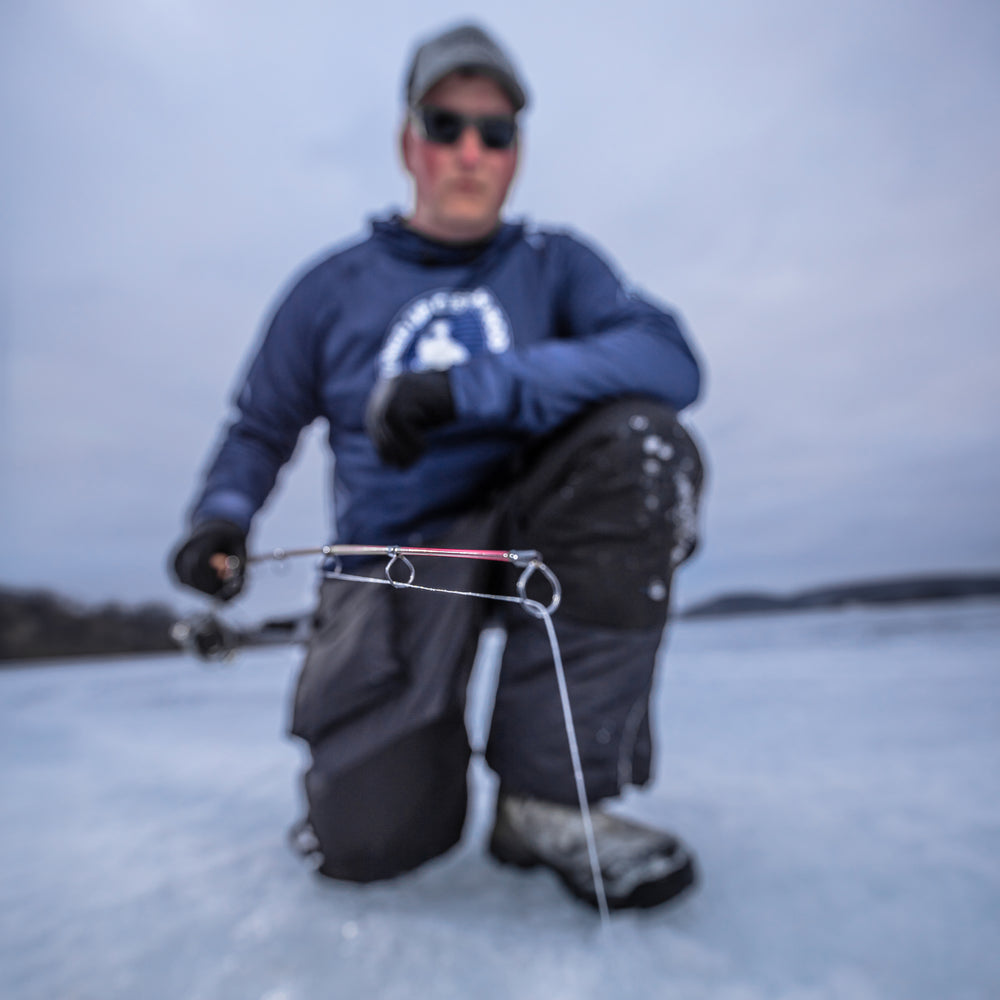


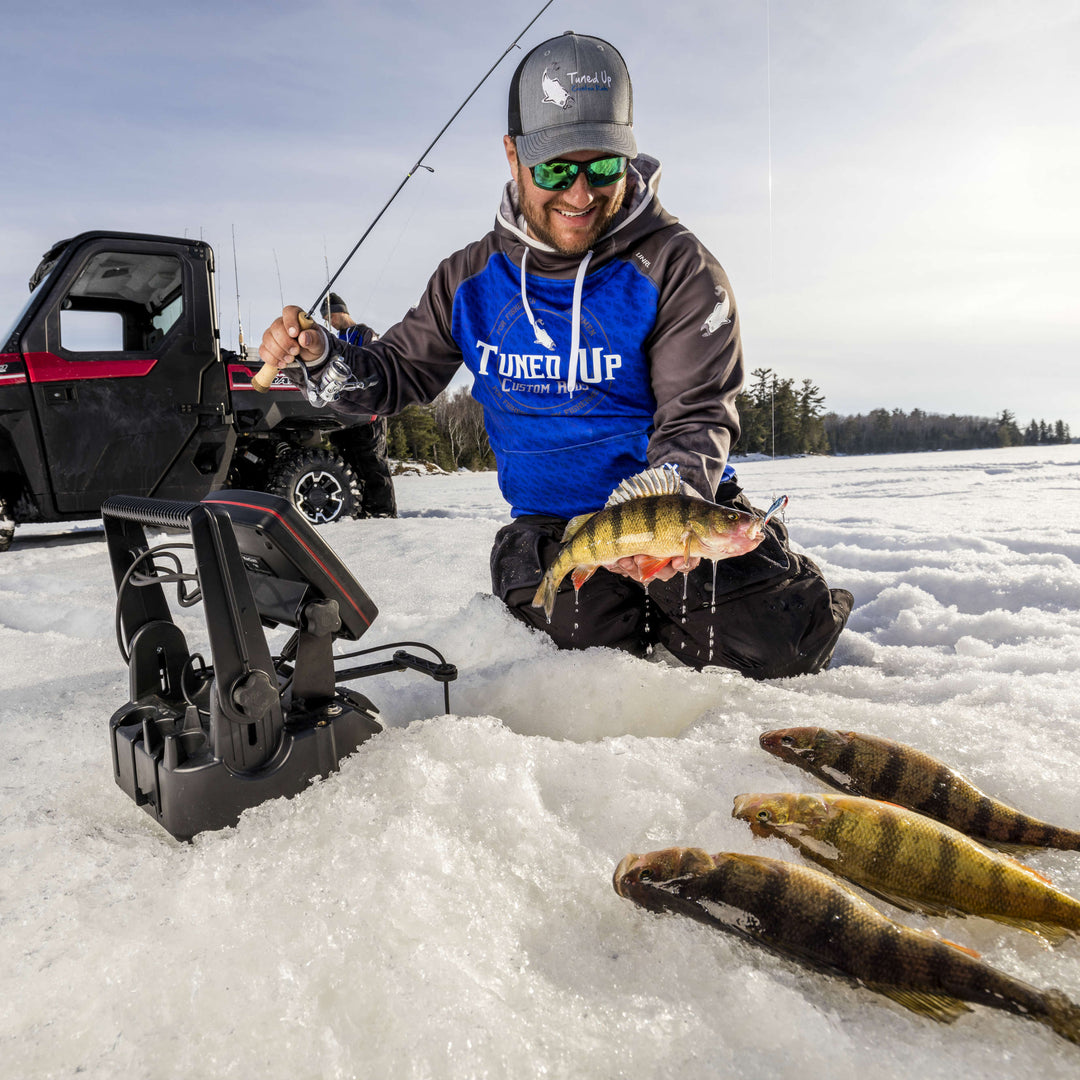
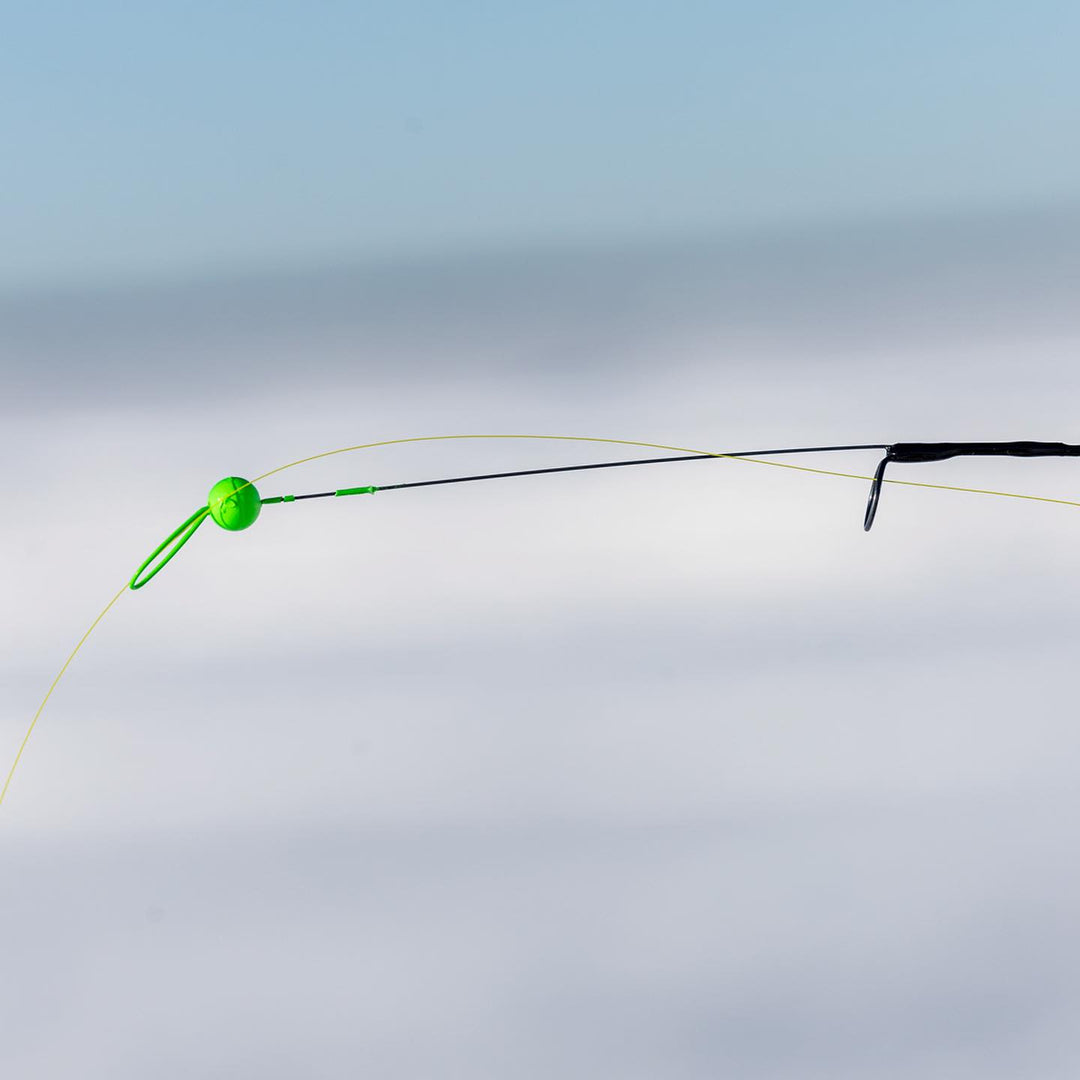
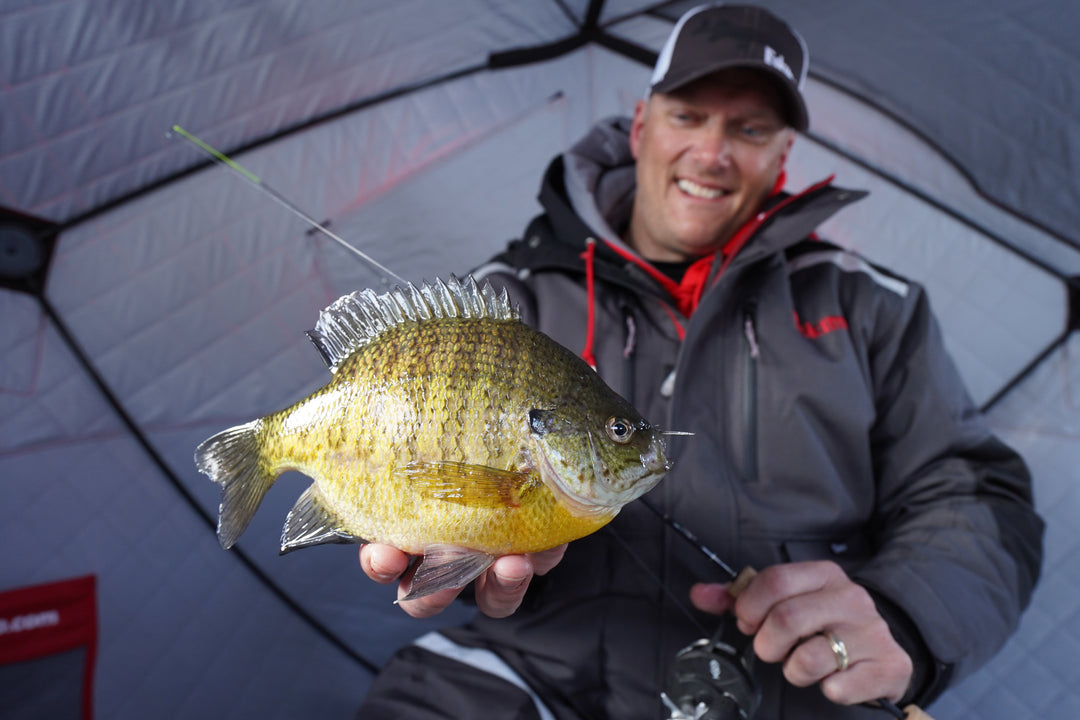
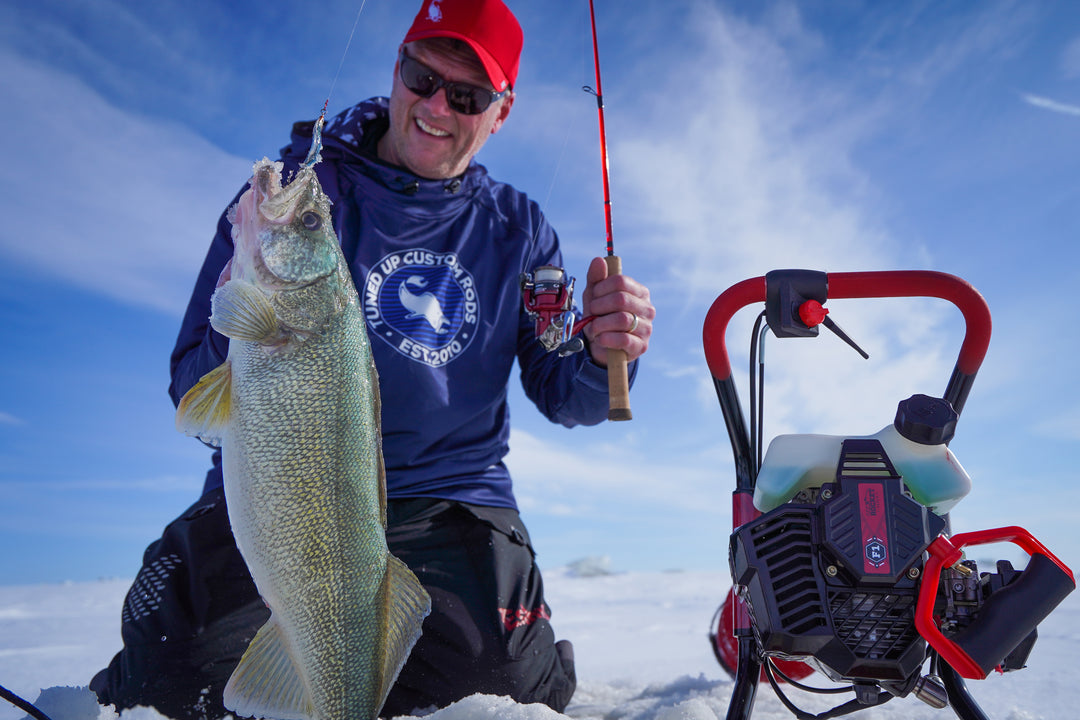
Ok…I hear you all . But any reference on the the line itself for monofilament…looking for a good 3lb. Test
Leave a comment